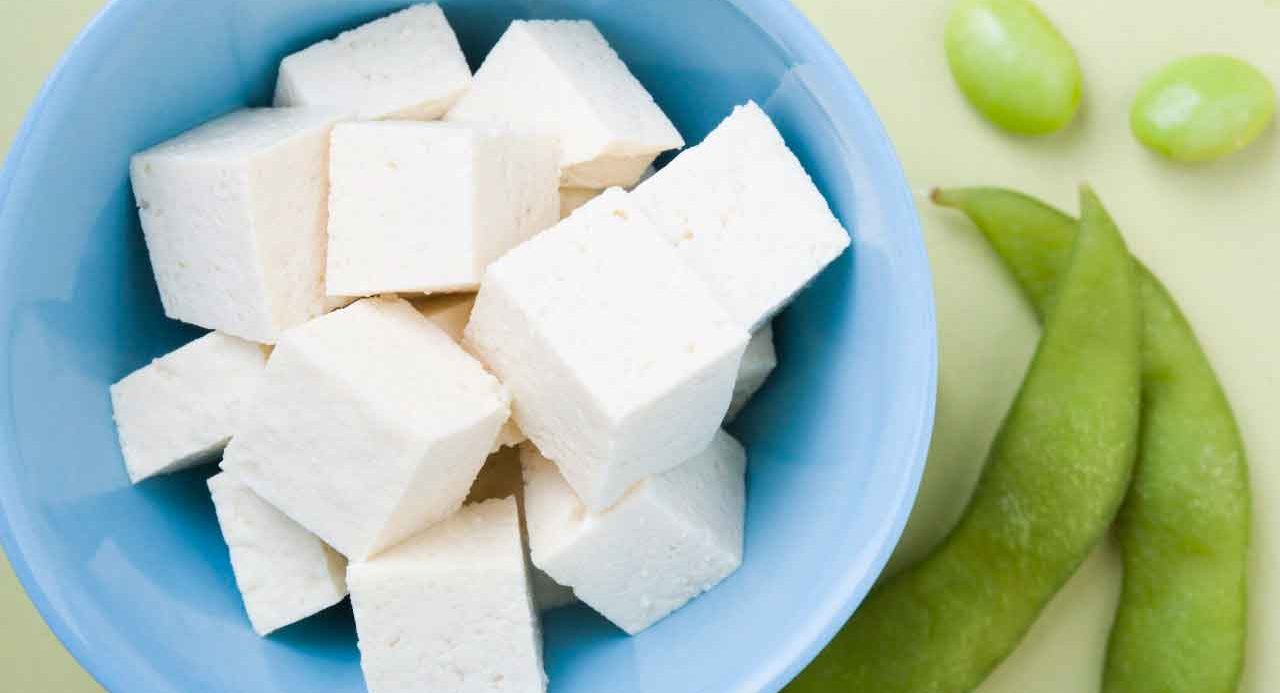The Downfall of Soy?

The pros and cons of consuming soy are worth considering, but not cause for panic.
If you’ve studied the ever increasing literature on soy, you’re probably more confused than the pedestrian who has stopped to watch a sidewalk shell game.
YOU MIGHT ALSO LIKE: 8 Breakfasts to Improve Your Energy and Mood
On the surface, it seems easy to track. Soy has long been touted as a miracle food and a healthy protein alternative to red meat.
But then there’s the reams of articles that go so far as to say it could kill you, and you lose sight of the ball.
To cut to the chase, the truth is probably somewhere in a grey area that doesn’t get much attention. Yes, soy has many healthful properties, and, yes, some studies have shown that certain compounds in soy could be harmful.
Americans certainly haven’t stopped eating it, and supermarkets are still full of it. The U.S. retail soy foods industry totaled $4.5 billion in 2013, up from $1 billion just 17 years ago, according to sales data and forecast models conducted by Katahdin Ventures.
“Dramatic growth followed the FDA approval of a health claim linking soy with heart disease reduction,” according to the Soyfoods Association of North America.
Yes, informed opinions on soy are highly polarized. On the on hand, it has been credited with having cardiovascular benefits, cancer prevention properties, and lowering high LDL cholesterol, among other benefits.
In a 2010 article, Neal Barnard, MD, president of the Physicians Committee for Responsible Medicine, stifled much of the criticism with a point-by-point article on soy research and soy’s benefits. Even PETA has said “soy is known to be a healthy food.”
But soy has also been linked in articles to male infertility, breast cancer, and endocrine disruption, among other problems.
To help you put it into perspective however, coffee, olive oil, orange juice, tea, salmon, beer, potatoes and – wait for it – kale, have all been subjected to the Dr. Jekyll/Mr. Hyde treatment.
In an answer to a reader’s question on whether soy can be consumed every day, America’s de facto food watchdog Michael Pollan answered “the honest and complete answer is that we don’t know – the jury is still out on soy.”
“I do know we’re eating soy in forms it was never eaten before. The (Food and Drug Administration) has declined to list an additive like soy isoflavones as “GRAS” (‘Generally regarded as safe’),” he adds.
Pollan also said that Asians eat tofu only after it has been processed in “traditional” ways – fermented, or curdled in the form of tofu. It should reassure you that Asians have eaten tofu in those forms for thousands of years – including Okinawans, some of the longest-living people on the planet.
YOU MIGHT ALSO LIKE: What and When to Eat to Build Muscle
But, soy protein isolates, soy isoflavones, and soy lecithin are found in many processed foods. Isoflavones are the compounds connected to endocrine disruption.
So, Pollan essentially says eat soy in traditional forms but “lay off” of soy additives in snack foods.
And there’s the rub. Many Americans now consume more soy than Asians and in different ways. Some Americans also eat more non-fermented than fermented soy, and there is some evidence that soybeans contain compounds called phytates, which bind to minerals inside your body and contain some potentially harmful compounds.
Also, when you consume soy protein, you consume two “natural drugs,” genistein and daidzein.
Both are similar to estrogen and are known as phytoestrogens (plant-produced estrogens). Soybeans may have developed them as chemical weapons in the wild, but in the human body they may do strange things.
There is the truly strange story of James Price, whose breasts had become painful and swollen. He compared it to his body feminizing. He also lost hair from his limbs and his chest.
Price was examined and re-examined, tested and retested, to no avail. Finally, a breakdown of his diet revealed that he drank three quarts of soy milk a day, which originated from a lactose intolerance.
Over several months after he was told to stop drinking soy milk, Price’s symptoms, which also included mood swings, abated, and his estrogen level went way down.
The doctor who finally, painstakingly, diagnosed Price’s problem doesn’t condemn soy, even after his patient’s frightening case.
"The problem is when a thing like soy is touted as this wonderful panacea for health, and people end up going overboard on it," says Lieutenant Colonel Jack E. Lewi, MD, chief of endocrinology at the San Antonio Military Medical Center. Price had been a military man himself.
So what to do? Well, you can read enough anti-soy literature to scare yourself silly. And you can read enough pro-soy literature to believe it's still a miracle. Just remember that as in all things in life, the truth lies somewhere in between.
Updated:
April 09, 2020
Reviewed By:
Janet O’Dell, RN